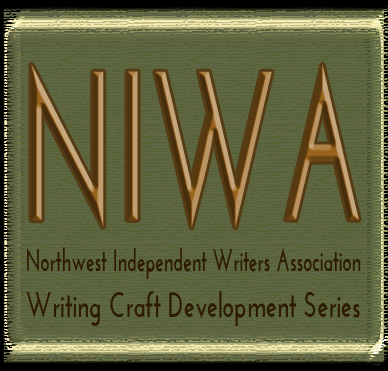 As I mentioned in the previous post, Crafting Violence, scenes that involve violence are difficult to write well because we feel pressured to make the events the story, which can lead to undeveloped, two-dimensional characters. We forget to consider how the action affects our protagonist. We must remember to give the protagonist (and the reader) a small break between incidents, a chance to regroup and make plans. Action, aftermath, action, aftermath—often compared to the way a skater crosses the ice: push, glide, push, glide. These moments in the aftermath of violence are the places where the protagonist pauses to absorb what just happened and to consider the next step. You want to keep the rhythm of the piece moving, but if you don’t allow the reader to process things at the same time the protagonist does, you run the risk of losing the story in the confusion. The story is the hero’s journey, and it must be as much a personal journey as physical one. We’re all familiar with the term ‘flatlined’ as a medical expression indicating the patient has died. When the story arc is imbalanced, it can flatline in two ways:
The trick is balancing the introspection and chaos, ensuring your introspection doesn’t devolve into info dumps where your character ponders at length, everything that happens to him. Some stories are meant to be more introspective than active, and some of my favorite literary classics are all about the character’s thoughts rather than his actions. But if you are writing genre fiction, you’re going to want to make sure you’ve properly balanced your action and introspection. A good way to avoid a flatlined story arc is through character interaction. Your characters briefly discuss what is on their minds and bravely muck on to the next event. This serves two important (in my opinion) functions:
In a gripping narrative, introspection is brief:
Your point-of-view character will be in the most danger of this. Avoid situations where the dialogue is too exact in predictions and character self-analysis, ruining the mystery of the piece. The same follows for inner monologues, perhaps even more so. As the character is forced to grow throughout the course of the story, these faults emerge gradually. The protagonist is pushed down the path to wisdom. Self-awareness should flower because of the “resurrection” that occurs near the end of the hero’s journey. Great characters begin in an unfinished state, a pencil sketch as it were. They emerge from the events of their journey in full color, fully realized in the multi-dimensional form in which you originally visualized them. For the protagonist, surviving the journey to self-knowledge is as important as the living through the physical journey. __________________________________________________________________________ Connie J. Jasperson is an author and blogger and can be found blogging regularly at Life in the Realm of Fantasy.
0 Comments
Leave a Reply. |
Archives
January 2023
Categories |
 RSS Feed
RSS Feed